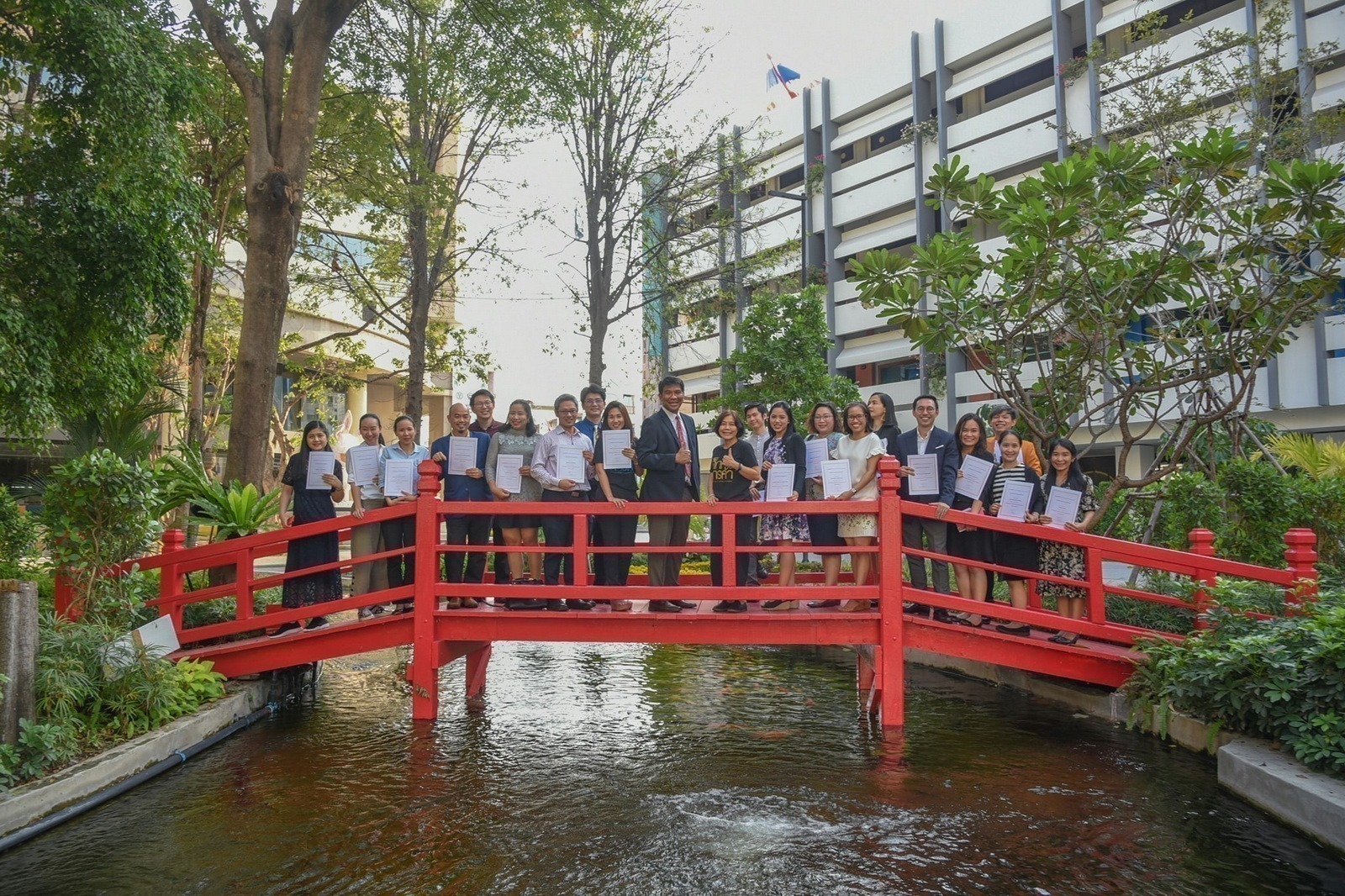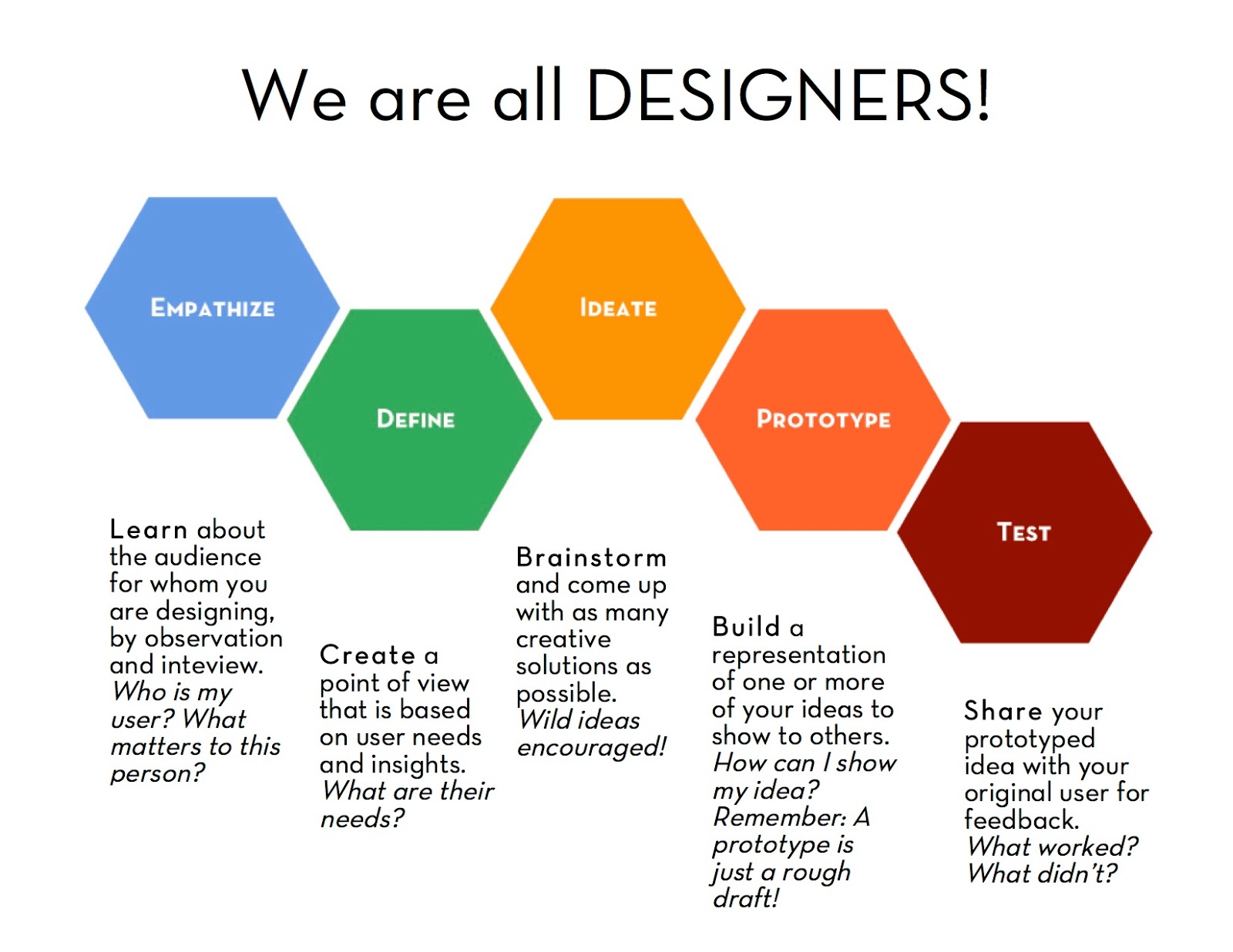Table Of Content

It’s a prevalent approach to design and problem-solving at Stanford and in Silicon Valley. This course is designed to be flexible and adaptive to the needs of each user. The course is structured around a set of videos, with activities and exercises that correspond to each video subject.
Interested in Artificial Intelligence? Check out these online certificate programs:

You will use the mindsets of a designer on your own life and to get unstuck. By the end of the term, you will be able to apply the design process on problems that matter to you. Taking DYL this quarter forced me to be more reflective than I typically am, and in doing so, really showed me the power of awareness. Whether it be taking note of my daily screen time, moments of flow, things I got stuck on, or moments of gratitude, being aware is a critical first step to making any real change in yourself and/or your life.
Time
You might take a professor out for coffee; you might explore a club on campus you know nothing about. In documenting and reflecting on these encounters, you will begin to piece together a portfolio of experiences that will help tell the story of your Stanford career. Online materials will be available on March 11 at mystanfordconnection. However, that can also be a boon; there's a lower barrier of entry to a course that you get to be a fly-on-the-wall for.
ARE THERE SIMILAR COURSES I COULD TAKE?
Stanford revamped its design school for a new generation of designers - Fast Company
Stanford revamped its design school for a new generation of designers.
Posted: Tue, 12 Dec 2023 08:00:00 GMT [source]
It reminded me of other useful, life-building courses I've taken. Designing Your Life asks students thought-provoking questions ("What defines good or worthwhile work [to you]?") and guides them through related action items. It prompts us to think about the huge, abstract categories of our lives — love, play, work, and health — with the aid of neuroscientific guardrails. If you ask Burnett, Executive Director of Stanford's Design Program, and Dave Evans, co-founder of both Electric Arts and the Stanford Life Design Lab, the answer is to use design theory when making life decisions.
Coaching
It’s also pretty easy to run experiments on our lives — just try something for a week, see how you feel, and then re-evaluate whether you want to continue that behavior or try something else. Doing this often doesn’t cost you anything and can provide valuable insights and help you identify new directions or better understand the problem at hand. If you’re a Stanford student interested in life design, I would recommend that you take the DYL course (ME 104B), which is offered every quarter for juniors, seniors, and coterms. If you’re not a Stanford student, I would recommend Bill Burnett and Dave Evans’ book, Designing Your Life, which is the foundation for the course, or the Stanford Life Design Lab, which runs the course and provides other online resources.
Is there a Statement of Accomplishment available for this course? This course is intended to be reflective and give you some tools to engage with the resources around you. Andrea Ciafardini is the Mindfulness and Meditation Instructor for the DYL for Women experience.
Following a simple playbook, you can create a plan that gets you to where you want to be, in your career and beyond. Taught by two Stanford design theory experts, this four-hour course addresses how a person can build an enjoyable, meaningful life using design theory. Students listen to a recorded live lecture, participate in thoughtful prompts, and gain scientifically backed tools to address their future. By the end, you'll design multiple life plans for the next five years, and learn to reframe unsolvable "Gravity Problems" — like an overseas job offer when you don't want to live far from your parents — without undue anxiety or dread. Design theory, a human-centered, psychology-focused methodology for designing products and services, can also help us build a life that's customized and enjoyable. Career Educators connect students with the people and knowledge needed to help them explore career paths, identify and apply for opportunities, and cultivate personalized networks that shape their professional journey.
If you could prototype your life and your career, what would it look like?
For coaches working with individuals and groups of fewer than 10 people, this 3 day virtual certification provides an opportunity to learn and practices the fundamentals of life design as used as a coaching tool. Work with Bill Burnett, Dave Evans and a community of other coaches to become officially certified as a commercial life design coach. Designing Your Stanford is a class about getting more out of, rather than cramming more into, Stanford. This course helps Freshmen and Sophomores craft a more fulfilling college experience by sharing practical design thinking tools and ideas. Susan co-founded DYL Consulting with the belief that empowering people with the life design process, tools and mindsets can lead to new and healthier ways to work and live in a chaotic, unpredictable, and ever-changing world.
Stanford Life Design Studio for Higher Ed Educators
Bill Burnett is an Adjunct Professor and the Executive Director of the Life Design Lab at Stanford. He holds a number of mechanical and design patents and design awards, and, in addition to his duties at Stanford, he advises several of his students’ startup companies. Using proven methodologies developed at Stanford University and made popular by the bestselling books Designing Your Life and Designing Your New Work Life by Bill Burnett and Dave Evans, life design has impacted millions of lives around the world. Designing Your Life is one of many courses we teach that applies the Design Thinking approach to wicked life problems. One of the advantages of this approach is it doesn’t start by asking the question, “Well —what is your passion?
It was created by Anjali Kalavar, Ryan Noble & Shelsea Veloz from Northwestern University and their teammate Joseph Murphy. The app includes “quests” such as cooking, housekeeping, and first aid, and leads users through guided scenarios to learn new skills. This post is a slight revision of my final assignment for the course, which tasked us with reflecting on the quarter and identifying several learnings and unlearnings.
Should you choose a career that helps the most people, one that makes the most money, or one that’s the most fun? What’s so important about being your authentic self if it means being an outcast? In this course, students will design their own “life philosophy,” drawing inspiration in views of the good life put forward by history’s great philosophers and exploring how their theories are reflected in the world around us in pop culture. We also engage with cutting-edge developments in the philosophy of identity, thinking about what our race, gender, or sexuality tell us about who we are.
Not having any desire to work at a huge tech company fits with this. Wanting to leave the people and organizations I encounter better than I found them fits with this. This 2.5-day workshop is based on the book, Designing Your Life, by Bill Burnett and Dave Evans. You will learn new ways to frame problems, strategies to help you get unstuck, and insights into your decision-making processes.

No comments:
Post a Comment